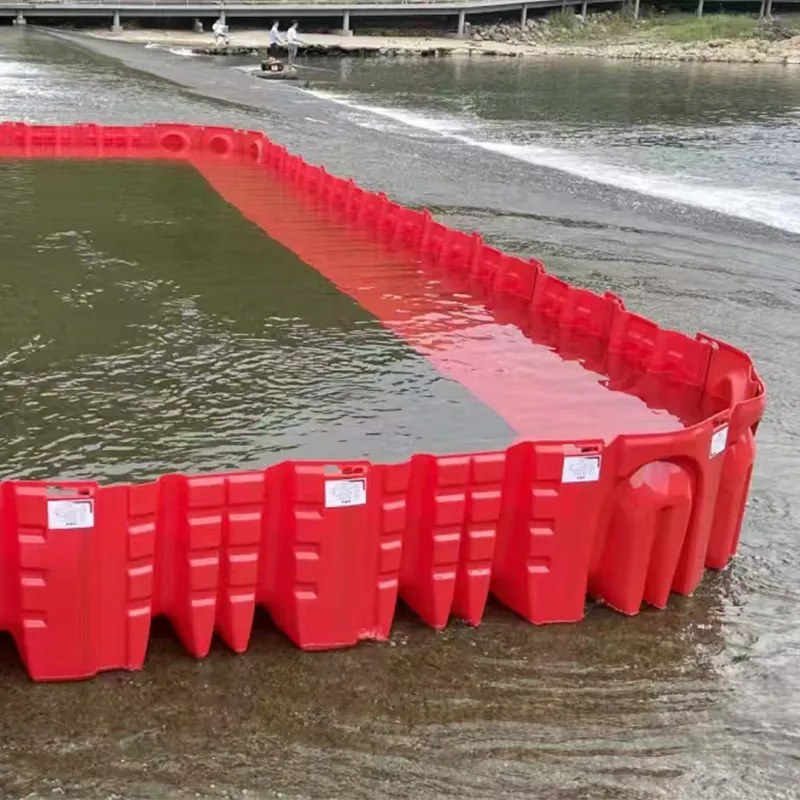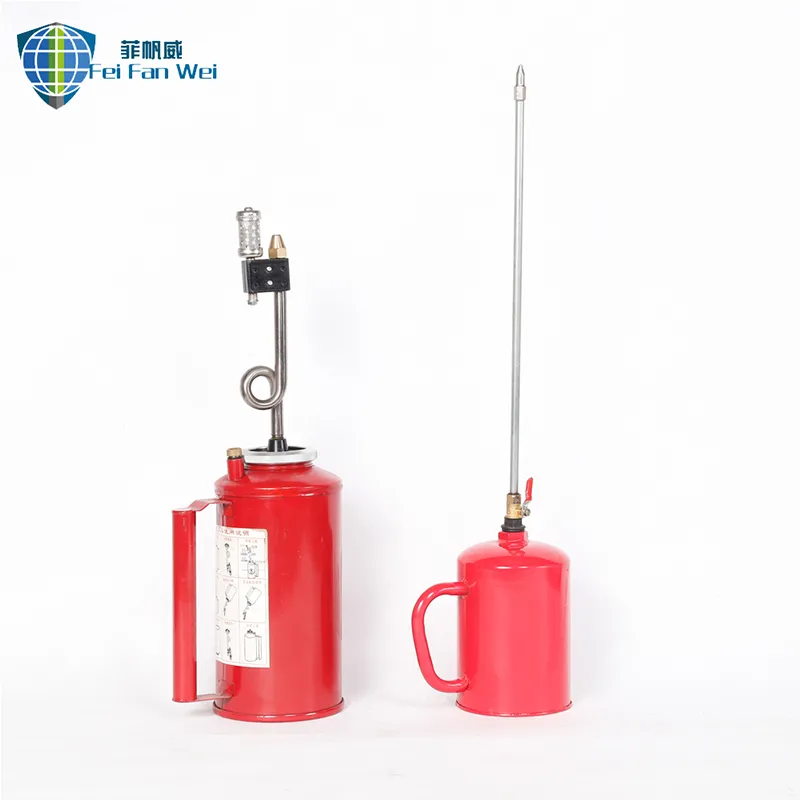

Ladders, ranging from extension ladders to compact attic ladders, are essential for accessing elevated positions during fire operations. Sturdy and lightweight, these ladders are crafted from materials such as aluminum or fiberglass to withstand the rigors of firefighting while ensuring easy maneuverability. Their role is vital not only for reaching high points but also for facilitating safer exits from hazardous spaces. Fire departments must also equip themselves with communication devices to maintain coordination during operations. Radios specifically designed for emergency services ensure clear communication across multiple teams and dispatch centers. The reliability of these devices ensures that critical information is relayed promptly, maintaining the safety and efficiency of fireground operations. The comprehensive range of tools and equipment available to fire departments underscores the need for expertise in both selection and usage. Regular training sessions, workshops, and simulations are conducted to keep firefighting personnel proficient in the latest technologies and methodologies. These practices ensure not only adherence to safety protocols but also the enhancement of operational efficiency and effectiveness. In conclusion, the array of tools and equipment used by fire departments is a testament to the evolving nature of firefighting. Expertise in the deployment and management of these resources is paramount, as it directly influences the outcomes of emergencies. By prioritizing technology, continuous training, and adherence to safety standards, fire departments reinforce their role as reliable protectors of communities, embodying the principles of authority and trustworthiness in every operation.





























